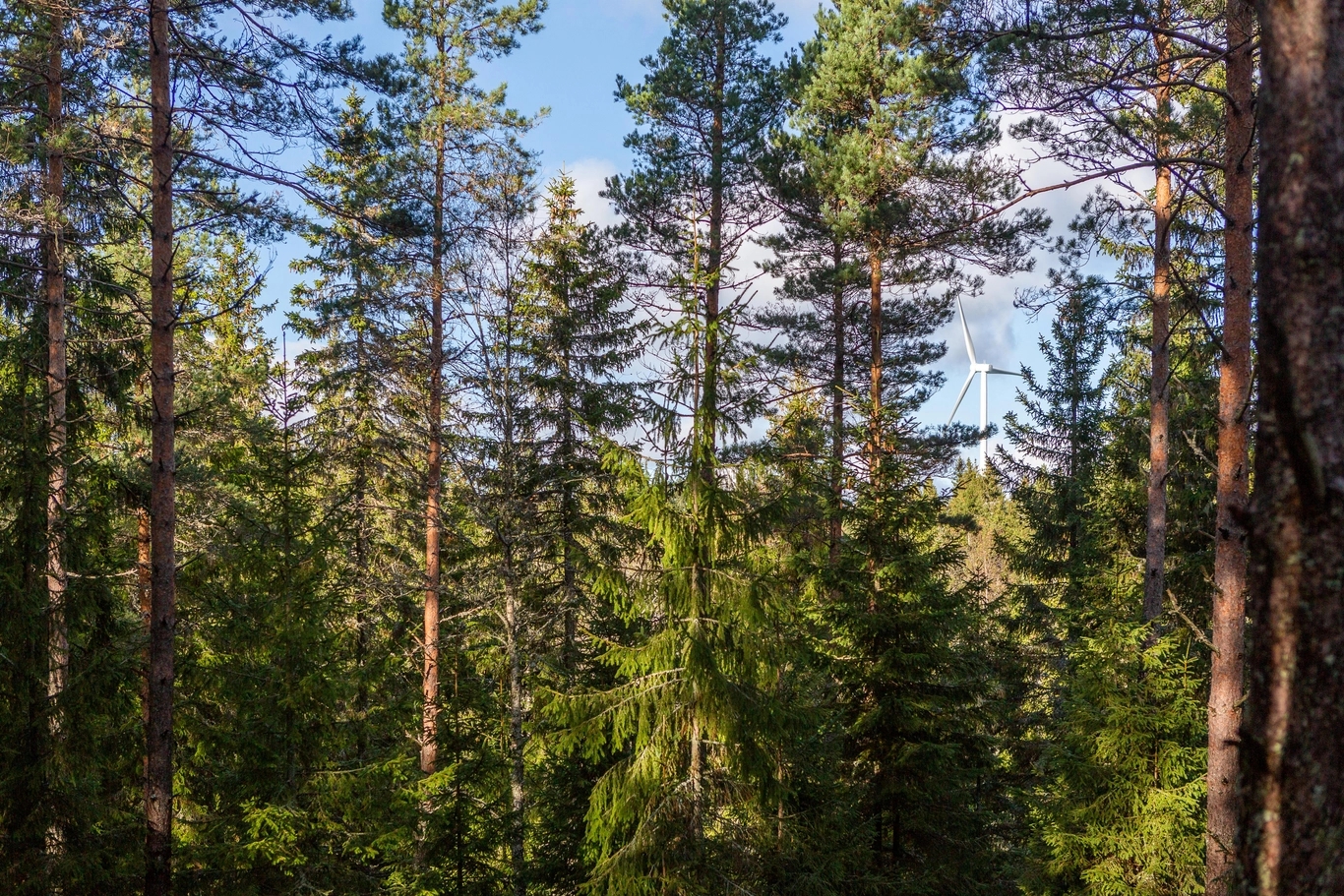Enhancing biodiversity in forests
In connection with the development of onshore wind farms, OX2 has taken the initiative to restore and protect forest ecosystems.
European forests cover approximately 40% of the continent's land, making them the largest terrestrial ecosystem and a vital source of ecosystem services including biomass production, air purification, flood prevention, and climate regulation. However, these forests face challenges as part of the global biodiversity crisis. While recent conservation efforts have shown promising improvements in EU forest biodiversity trends, an estimated 85% of forest habitats remain in unfavorable or inadequate condition. Enhancing forest biodiversity is therefore essential to reversing broader biodiversity loss across the continent.
OX2 and forests
Sweden and Finland, where OX2 was founded and first market entry, are the EU's most forested countries with approximately 70% forest coverage. Since OX2's onshore wind development occurs primarily in these forests, effective forest biodiversity remediation and enhancement are essential to achieving the company's target to develop solar and wind farms with a net positive impact on biodiversity by 2030.

Hornamossen wind farm, Sweden.
Ånglarna wind farm
The Ånglarna wind farm is one OX2’s projects situated in Swedish forest. Besides avoiding and minimizing negative impacts arising from the establishment of the wind farms, OX2 has worked with enhancing biodiversity values within the forest ecosystem. The measures aim to protect old-growth forest areas, strengthen ecosystem connectivity, and simulate natural disturbance processes, to support a landscape where biodiversity, forestry, and renewable energy can co-exist.
Initiatives for the forests in Ånglarna:
- Protecting high-value forest areas: The plan prioritizes preserving and promoting the natural development of ecologically important forest zones, including Brattbacksmyran and Olofsmyren areas.
- Enhancing deciduous tree habitat: To support keystone species like goat willow and aspen, the project includes selective canopy clearing, strategic tree cutting for long-term forest health, and preserving trees along roadways.
- Simulating natural fire processes: Girdling pine trees create standing deadwood rich in resin, providing specialized habitat for fungi and insects that depend on fire-disturbed environments.
- Supporting pollinators and insect habitats: Wildflower seeding, sand patch creation, and roadside insect shelters increase pollinator populations and support small species typically absent from dense forests. These species form the foundation of the forest food web, supporting birds, mammals, and other wildlife throughout the ecosystem.
- Managing invasive species: Removing lupines and preventing their spread through targeted mowing protects native ground-layer plants and maintains the forest's natural biodiversity.
OX2 has also replaced blocked road culverts to restore natural water flow between streams and wetlands. This restoration allows fish, amphibians, and insects to move freely across the landscape while preventing erosion and supporting healthy ground-level forest ecosystems.
Scaling impact
OX2 applies similar biodiversity measures across multiple projects. At Orrberget wind farm, for example, pine trees were girdled to mimic fire damage, and large volumes of deadwood were left on-site to support species dependent on resin-rich and decaying wood. Another example is the Riberget wind farm, where measures were taken to support old deciduous trees, leaving dead wood and promoting insect habitats, all contributing to enhancing biodiversity in forests. These examples demonstrate that replicating what works well is an effective way to scale impacts across projects.
Facts:
- According to the European Environmental Agency, forest ecosystems contribute to 47.5% of the total ecosystem services, including erosion and flood control, air purification, raw material, and recreation.
- According to the IUCN Red list of tree species, it is estimated the about 40 percent of the native tree species in Europe are threatened